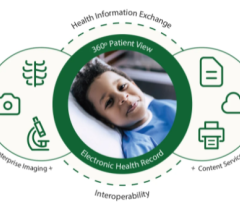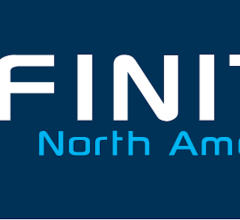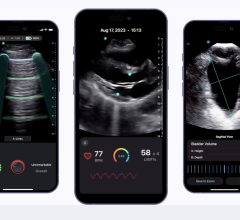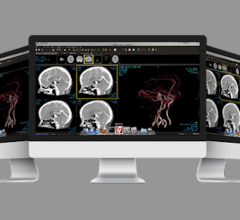Feb. 21, 2007 - U.S. spending on prescription drugs, hospital care and other health services is expected to double to $4.1 trillion over the next decade, up from $2.1 trillion in 2006, a government report released on Wednesday found.
Despite relative stability in recent years, nearly 20 cents of every dollar spent in 10 years will go toward health care, National Health Statistics Group economists said in their projections looking at 2006 to 2016.
Last year's health spending should make up about 16 cents for every dollar spent, they wrote in the journal Health Affairs.
Lead author John Poisal told reporters a major factor was an aging population as the "leading edge of the baby boom generation becomes eligible for Medicare," the nation's insurance program for those age 65 and older.
Greater spending for prescription medications is expected to fuel much of the increase, Poisal and his team said, especially amid more aggressive treatment of diabetes, heart issues and conditions affecting the central nervous system.
Use of cheaper generic alternatives is also seen leveling off, the group found. Some drugs will be introduced in pill and other forms more easily available at pharmacies rather than injectable versions used only at doctor offices.
New therapies to treat cancer and other diseases could also increase prescription drug use, they added.
Those paying for prescription drugs is also shifting, according to the report, which also looks at the potential 2006 impact of a new prescription drug benefit for Medicare beneficiaries, who also include the disabled.
The program, known as Part D, will absorb a greater share of prescription drug costs from private health insurers, consumers and Medicaid, the federal-state insurance plan for the poor, they wrote.
"In general, Part D is doing what it's supposed to," said Poisal, the National Health Statistics Group's deputy director.
The group is part of the U.S. Centers for Medicare and Medicaid Services, which runs both insurance programs and is the largest payer of U.S. health care.
At the same time, the report found the cost of drugs, devices and services such as doctors visits are expected to continue the rise, increasing out-of-pocket costs for those with private insurance.
While growth in spending on hospital and doctor care is seen slowing in 2006, the researchers expect that to change this year and continue to increase.
"Despite rising costs, consumers continue to purchase costly existing and new health care technologies," they wrote.


 June 28, 2024
June 28, 2024 








